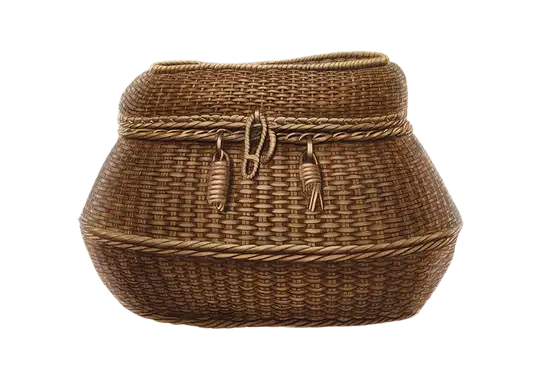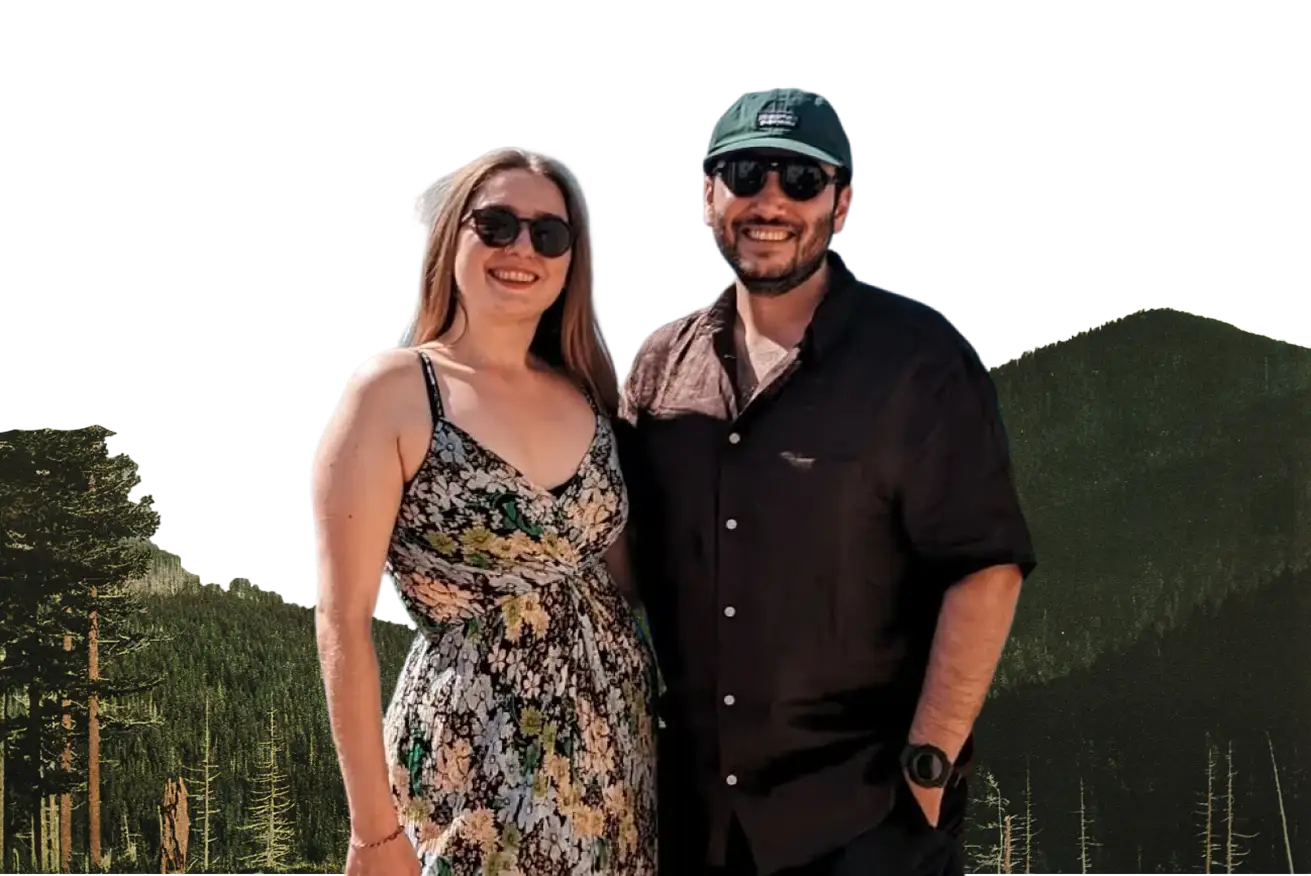We're at the halfway point of our exploration through Southeast Turkey – a region often called GAP – and it feels like a good moment to pause, look back, and connect the amazing stories we've begun to discover together. If you've been following our Content Season, thank you! And if you're just joining us, this is a perfect chance to get a sense of the rich history and culture we're exploring – and perhaps an invitation to dive deeper into the articles you might have missed.
From the beginning of this series, we identified several Key Motifs, or recurring themes, that we felt were very important for understanding this historically deep and culturally lively part of the world. These include its Immense Antiquity, with a history stretching back before written records to the very beginnings of civilisation; its role as a Cultural Crossroads, a meeting point where different peoples, religions, and empires met and mixed, especially due to ancient trade routes; its incredibly Layered Heritage, showing how many different civilisations have left their lasting marks, one on top of another; the inspiring Resilience Amidst Complexity, where traditions and communities continue strongly through difficult and changing times; and finally, its Contemporary Resonance, where the past clearly shapes and influences the present day. These themes have been like our guiding stars, helping us explore the incredible depth and variety that Southeast Turkey offers. Our aim, as always with On Way Storytellers, is not just to give you facts, but to explore the "why" behind them – to turn research into something that feels meaningful and to make this deep history feel alive and relevant to you.
Setting the Foundation – Understanding the Big Picture
We started our Season by building a broad understanding, because to truly appreciate the individual treasures of this region, one needs a sense of the huge historical stage on which their stories happened. Our first journey took us back an amazing 12,000 years to Göbeklitepe, a site that truly changes our understanding of when humans first built large, complex structures. We explored how this place, built by hunter-gatherers, suggests that the desire for shared rituals and meaning might have come before settled farming – a revolutionary idea that highlights the region's Immense Antiquity. (Missed it? Explore the mystery of what might be humanity's oldest known temple complex; Rewriting Our Past: How Göbeklitepe Changes Our View of Early Human History). Following that, we looked at "The World's Ancient Highways: Ancient Trade Routes." Here, we traced the ancient "arteries" – like the Silk Road and Spice Routes – that flowed through Southeast Turkey. These routes turned its cities into important centres of business and, very importantly, intense cultural exchange, explaining why the region became such a "melting pot" of different cultures and showcasing its role as a Cultural Crossroads. (Discover how these global connections shaped the region; The World's Ancient Highways: How Trade Routes Shaped Southeast Turkey).
Closer Looks at Specific History & Culture
With this bigger picture in place, we began to focus on how these main themes appeared in specific places and through unique cultural expressions. We visited Urfa (Şanlıurfa), the "City of Prophets," looking at its deep connection to Abraham (a key figure in Judaism, Christianity, and Islam). We saw how this spiritual importance mixes with a lively bazaar culture, rich in spices and a unique blend of Turkish, Arabic, and Kurdish influences, reflecting its Layered Heritage, Cultural Crossroads nature, and Immense Antiquity through religious tradition. (Experience Urfa's sacred sites and bustling markets; Urfa: Where Ancient Stories and Living Culture Meet). Our journey then took us to the amazing, wind-swept top of Mount Nemrut, where King Antiochus I of Commagene (a small ancient kingdom) built his giant sanctuary and tomb. This sky-high display of ambition, a desire to be seen as divine, and a fascinating mix of Greek and Persian cultures clearly spoke of Immense Antiquity from the Hellenistic era, Cultural Crossroads in its art, and a unique Layered Heritage. (Think about sky-high ambition and mysterious statues; King Antiochus's Mountain Throne: A Story of Gods, Ambition, and a Lost Kingdom).
We then wandered the terraced, honey-coloured stone streets of Mardin in our article, "Mardin's Stone Story: Architecture Facing Mesopotamia." We discovered how its unique architecture and city layout, looking south towards the Mesopotamian plains, tell a powerful story of adapting to the landscape, its important location, and centuries of different cultures living together, highlighting its Layered Heritage, Cultural Crossroads role, and its Resilience Amidst Complexity. (Read the story written in Mardin's stones; Mardin's Stone Story: A City Built Looking Towards Ancient Mesopotamia). Looking even closer at Mardin in "A Taste of Togetherness: Mardin's Unique Food & Syriac Wine Story," we enjoyed its unique food traditions – a delicious mix of Syriac (ancient Eastern Christian), Kurdish, and Arab influences – and explored the strong, though often nearly lost, history of Syriac Christian winemaking in the region, again showing the Cultural Crossroads, Layered Heritage, and Resilience Amidst Complexity of the city. (Enjoy the flavours of Mardin's unique cultural blend; A Taste of Togetherness: Mardin's Unique Food and Syriac Wine Story).
Why This Foundation Is Important for What's Coming Next:
Understanding these first six stories isn't just about gathering historical facts; it's about building a framework, a way of seeing, that will make the upcoming articles even richer and more meaningful. Knowing about Göbeklitepe's incredible age, for example, sets the stage for understanding just how deep human history runs in this entire region, giving a profound background for later sites. Understanding how ancient trade routes turned Southeast Turkey into a cultural crossroads is key to appreciating why cities like Antakya and Gaziantep became such lively centres of Roman art, early Christianity, and diverse food traditions; you'll see the results of those exchanged ideas and goods everywhere. Furthermore, understanding the layered heritage so evident in Urfa and Mardin – the way different faiths and ethnic groups lived together – will help explain why Antakya became an early centre of Christianity and how Gaziantep's crafts show centuries of mixed artistic skills. Finally, seeing the resilience (strength and ability to recover) in Mardin's traditions prepares us to understand the powerful human stories behind a site like Hasankeyf and its difficult relationship with modern development.
Looking Ahead: The Journey Continues...
With this foundation, we're now ready to explore further into Southeast Turkey. We'll journey to ancient Antioch, now Antakya, to visit St. Peter's Grotto, believed to be one of Christianity's oldest churches, and look into its key role in early Christian faith in "Antakya's Ancient Heart." Then, in "Floors of History & Gaziantep's Soul," the world-class Roman mosaics of Antakya and Gaziantep, including the famous "Gypsy Girl," will show us the artistic beauty of life in Roman times in this region. We'll discover why Gaziantep is not only Turkey's clear capital of amazing food but also a centre of remarkable traditional crafts like copperworking in "Taste & Tin in Gaziantep." The touching story of Hasankeyf and the Ilısu Dam, in "Sunken Heritage, Future Choices," will make us think about the difficult choices between development, energy needs, and saving ancient heritage that cannot be replaced. And finally, in "Reading the GAP," we'll offer a selected list of books and music to help you continue your own exploration of this fascinating region.
We believe that by understanding the deep past, the flow of cultures, and the lasting human spirit we've encountered so far, these upcoming stories will be even more powerful and meaningful.
Want to catch up or revisit any part of the journey?
All published articles are available on our website; Onwaystorytellers
Thank you for being part of this exploration. The story of Southeast Turkey is huge, complex, and endlessly interesting, and we're excited to share the next chapter with you.
.svg)




